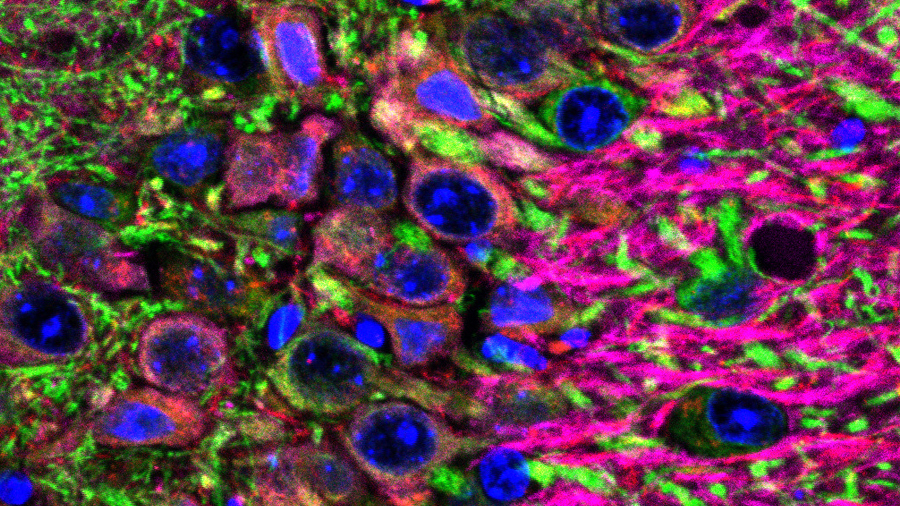The two main pathological features of Alzheimer’s disease, tau protein and beta-amyloid, have been found to have different but complementary effects on brain circuits, especially those related to memory and emotions, by a research team from the Institut de Neurociències of the Universitat Autònoma de Barcelona (INc-UAB). Using a novel animal model of Alzheimer’s disease, the study raises the possibility of a breakthrough in therapeutic approaches.
Their findings were published in the journal Molecular Psychiatry.
The results show that although beta-amyloid buildup in the amygdala causes emotional disturbances like worry and fear both early indications of the disease tau accumulation in the hippocampus causes memory impairments. Furthermore, the combined effects of these two disorders increase brain dysfunction and inflammation, which increases their total impact.
Two ideas have influenced Alzheimer’s disease research for decades: one contends that tau accumulation within neurons is the disease’s primary cause, while the other suggests beta-amyloid accumulation is the main contributing factor. These viewpoints have significantly influenced modern therapy strategies, which try to halt the progression of the disease by preventing the accumulation of either tau or beta-amyloid. But according to the research team headed by Arnaldo Parra-Damas and Carles Saura of the INc-UAB and the UAB Department of Biochemistry and Molecular Biology, a dual-targeted therapeutic approach might be required to successfully treat this illness.
The creation of a unique transgenic mouse model that replicates both tau and beta-amyloid diseases allowed for this achievement.
Although both proteins accumulate in the brains of Alzheimer’s patients, most animal models used for studying the disease typically focus on only one of these factors”, explains researcher Maria Dolores Capilla, lead author of the study.
In our research, we generated a transgenic mouse model exhibiting both tau and beta-amyloid accumulation, allowing us to analyze their individual and combined effects.
Maria Dolores Capilla
Current therapeutic approaches, which frequently only target one of these harmful proteins, may need to change in light of these findings.
Also Read: Patients With Kidney Cancer in Stages III and IV May Benefit from the Cancer Vaccination
Existing therapies have not achieved clear clinical benefits. Our study suggests that a therapeutic approach addressing multiple disease mechanisms—such as phosphorylated tau and beta-amyloid—could be more effective.
Carles Saura
The research team comes to the conclusion that this study is a major step toward new research avenues for Alzheimer’s treatment, even though more investigation is required to demonstrate its application to humans.
Source: Universitat Autonoma de Barcelona – News
Journal Reference: Dolores, Maria, et al. “Synaptic Vulnerability to Amyloid-β and Tau Pathologies Differentially Disrupts Emotional and Memory Neural Circuits.” Molecular Psychiatry, 2025, pp. 1-14, DOI: https://doi.org/10.1038/s41380-025-02901-9.
Last Modified:






